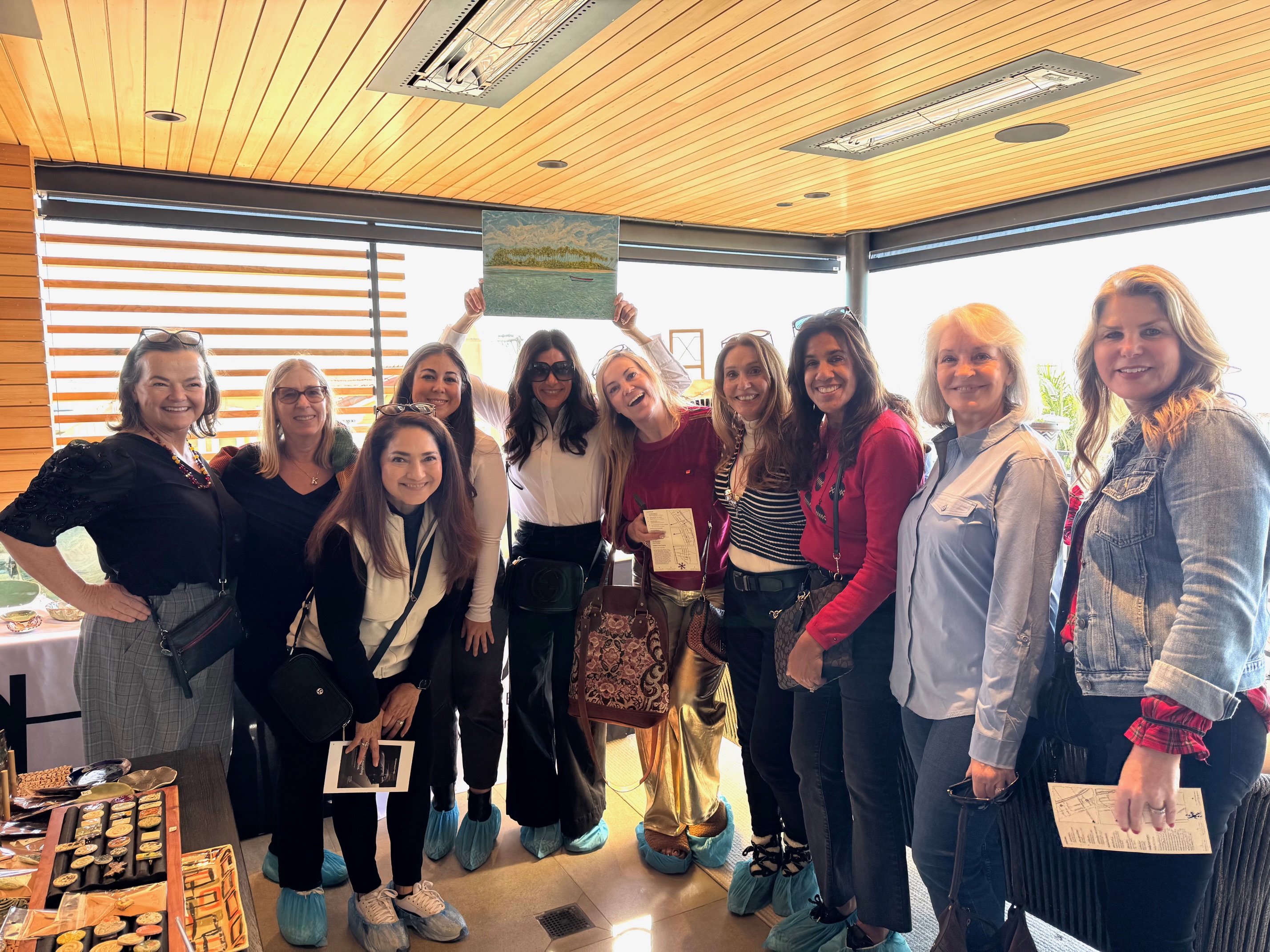Fine art photography, three exhibitions
“Arthur Tress: Rambles, Dreams, and Shadows,” plus “Sheila Metzner: From Life,” and Peter Fetterman’s “The Power of Photography”
by Bondo Wyszpolski

“Hobby Horses, Harlem River, Bronx, New York” (1970), by Arthur Tress, from the series “Open Space in the Inner City.” Gelatin silver print. Getty Museum Gift of J. Patrick and Patricia A. Kennedy © Arthur Tress Archive LLC 2019.168.2
Those words were written in 1970, and it’s not clear if Tress would stand by them today, almost 54 years later, because his current exhibition at the Getty Museum only covers the first decade of his professional work, that is, from 1968 to 1978. I have a little book of his from 1988, “The Teapot Opera,” which isn’t even mentioned in the catalog that accompanies “Arthur Tress: Rambles, Dreams, and Shadows,” which by the way is on view, along with “Sheila Metzner: From Life,” through Feb. 18.

“Boy in Tin Cone, Bronx, New York” (1972), by Arthur Tress, from the series “The Dream Collector.” Gelatin silver print. Getty Museum © Arthur Tress Archive LLC 2013.68.7
Tress traveled quite a bit during the late 1960s, with time spent in Paris, in Stockholm, and other European cities. After returning to New York (and it seems that Robert Mapplethorpe thought of him as a competitor), Tress was hired in 1968 to travel to North Carolina and to document Appalachian folk crafts. As Mazie M. Harris describes it, “While the artist’s initial visit to Appalachia had been focused on the endurance of nativist American traditions, in subsequent trips he began more and more to foreground threats to the fragile human and environmental ecosystems of local communities.”

“Girl with Doll’s Head, Capels, West Virginia” (1968), by Arthur Tress, from the series “Appalachia: The Disturbed Land.” Gelatin silver print. Getty Museum Gift of the Ottersons © Arthur Tress Archive LLC 2018.114.32
Among his other early projects, in 1969 Tress created “The Ramble,” a series of images of young gay men lounging about in Central Park and hoping to hook up with more of the same. “Open Space in the Inner City” occupied him from 1969 to 1971, and Tress took thousands of photographs. “Set primarily in New York City and its environs,” as Ganz writes, “the ‘Open Space’ series emphasized urban blight and crowding — focusing on polluted streetscapes and waterways, housing projects, urban parks, junkyards, factories, and parking lots — and included candid and posed images of children, teenagers, families, and commuters.”

“Woman in Shopping Center Parking Lot, Lackawanna, New York” (1970), by Arthur Tress, from the series “Open Space in the Inner City.” Gelatin silver print. Getty Museum Gift of J. Patrick and Patricia A. Kennedy © Arthur Tress Archive LLC 2019.168.4

“Shadow, Cannes, France” (1974), by Arthur Tress, printed 1975 From the series “Shadow.” Gelatin silver print. Getty Museum Gift of John V. and Laura M. Knaus © Arthur Tress Archive LLC 2019.169.6
I should remind the reader that all of the images in the catalog and in the exhibition are in black and white, and that Tress is a master of light and dark. So perhaps it’s not surprising that we have a series and a book called “Shadow” (1975), which is essentially a graphic novel comprised of shadows and silhouettes that may recall German silent films of the 1920s such as “Nosferatu,” “Metropolis,” and “The Cabinet of Dr. Caligari.” They may also remind us of Javanese shadow puppets.

“Uma. Patou Dress” (1986), by Sheila Metzner. Pigment print. Getty Museum. Purchased with funds provided by the Photographs Council © Sheila Metzner 2016.90
Finally, it should be emphasized that “Arthur Tress: Rambles, Dreams, and Shadows” highlights only the early career of this photographer. There was to be a lot more in the decades that followed.
The show is on view through Feb. 18 at the Getty Center.
Bonus tracks
Paired with Arthur Tress in the same gallery is “From Life,” a survey of images taken by Sheila Metzner (born in 1939), who made quite a name for herself in the 1980s with her fashion photography. Many of her works (a blend of Pictorialism and Modernism) almost seem like pastels. They tend to be in color, and their soft-focus is in contrast to the black-and-white and sharp focus that Tress prefers. Metzner, of course, deserves a full review as well, but we’ll save that for another time.

Anne Shih, Chairman of the Board of Governors at Bowers Museum, and curator Peter Fetterman, at the Bowers Museum, Oct. 20, 2023. Photo by Bondo Wyszpolski

On view at the Bowers Museum, part of the “Power of Photography” exhibition, curated by Peter Fetterman. Image credit unavailable
The Bowers Museum is located at 2002 N. Main St, Santa Ana. (714) 567-3600 or visit bowers.org. ER





Comments